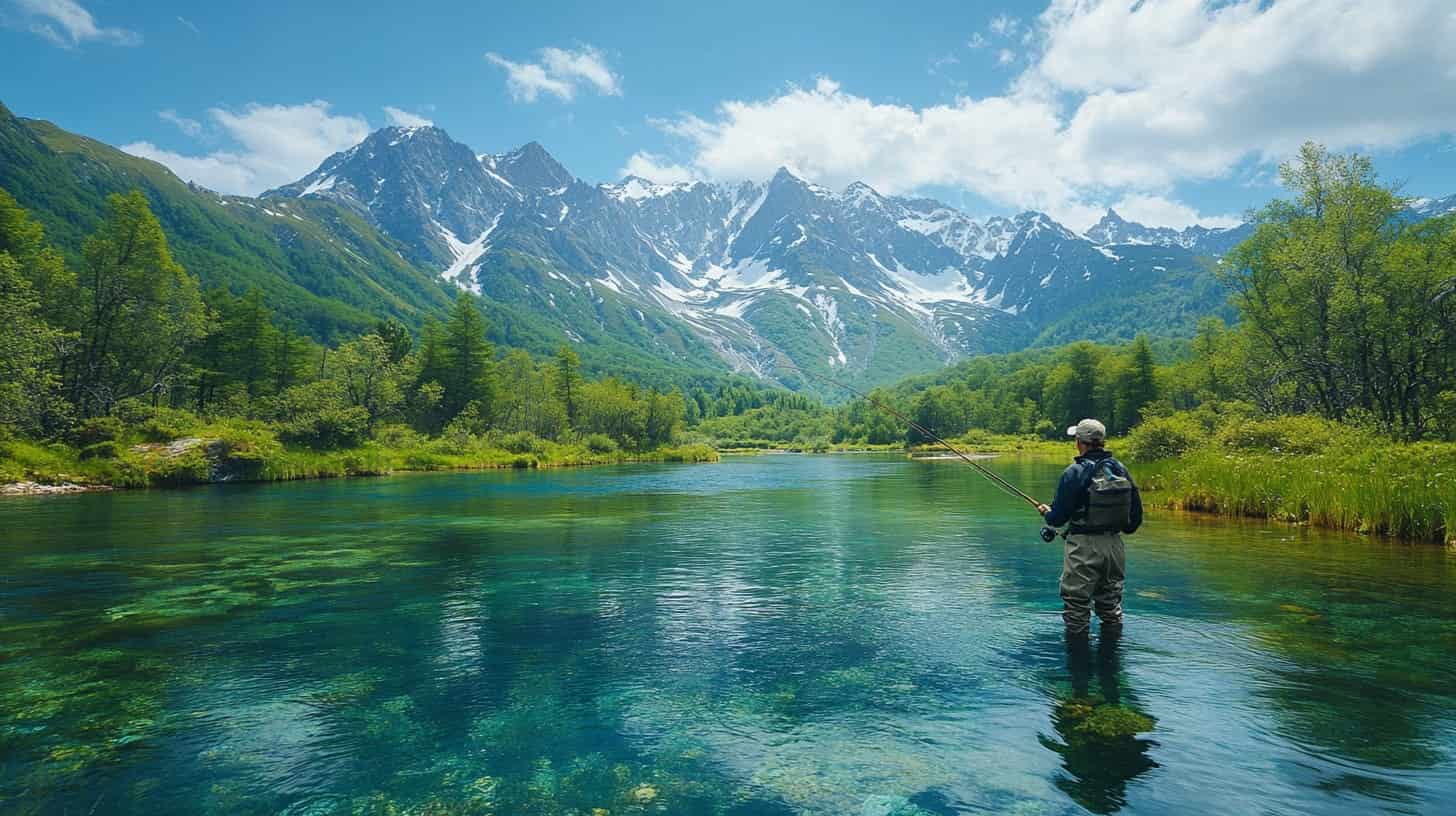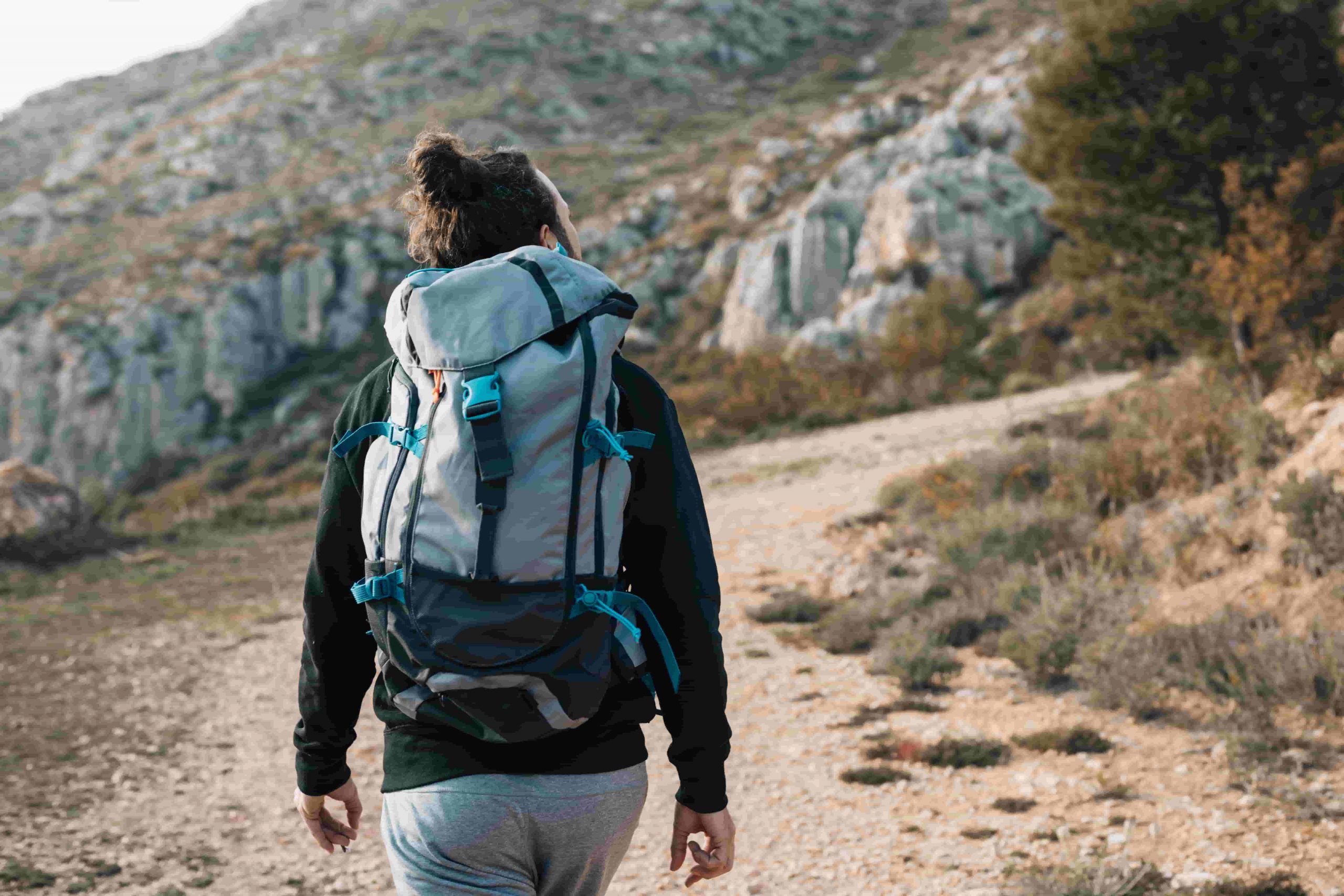In a rapidly changing world, the importance of sustainable hunting practices cannot be overstated. For eco-conscious consumers, wildlife enthusiasts, and the outdoor community, understanding and implementing these practices is crucial in ensuring the future of our wildlife. This blog post explores the intricate relationship between hunting and conservation, shedding light on how ethical hunting can contribute to the preservation of wildlife populations.
Introduction to Sustainable Hunting
Sustainable hunting is not just a buzzword—it’s a necessary approach to preserving our planet’s biodiversity for future generations. At its core, sustainable hunting involves managing wildlife populations in a way that maintains their health and balance within ecosystems. This means hunters must adhere to regulations and practices that do not deplete wildlife populations or disrupt their natural habitats.
Understanding sustainable hunting is vital for anyone involved in outdoor activities. It ensures that we can enjoy the beauty of nature without compromising its integrity. By adopting sustainable practices, hunters can play a significant role in conservation efforts, contributing to the protection of endangered species and the preservation of natural habitats.
In this blog post, we will explore various aspects of sustainable hunting, including its ethical considerations, technological advancements, community engagement, and real-life case studies that demonstrate its positive impact on wildlife populations.
The Role of Hunters in Conservation
Hunters have historically played a pivotal role in wildlife conservation. In the early 20th century, uncontrolled hunting led to the decline of many species. However, hunters and conservationists soon recognized the need for regulated hunting to ensure the survival of wildlife populations. This led to the establishment of hunting seasons, bag limits, and other regulations designed to maintain healthy wildlife populations.
Today, hunters continue to contribute to conservation efforts through various means. Hunting licenses and fees fund state wildlife agencies, providing essential resources for habitat restoration and wildlife management programs. Additionally, hunters often participate in volunteer activities such as habitat cleanups and species monitoring, further supporting conservation initiatives.
The modern hunter’s role in conservation is multifaceted. By adhering to sustainable hunting practices, hunters help maintain ecological balance, protect endangered species, and ensure that future generations can enjoy the thrill of hunting and the beauty of nature.
Ethical Considerations
Ethics play a crucial role in sustainable hunting. Ethical hunters adhere to principles of fair chase, which emphasize respect for wildlife and ensure that hunting is conducted in a humane and sportsmanlike manner. This includes following legal regulations, avoiding unnecessary suffering, and ensuring that all harvested animals are used responsibly.
The principles of fair chase dictate that hunters should pursue game in a manner that does not give them an unfair advantage over the animal. This means avoiding practices such as baiting or hunting from vehicles, which can diminish the integrity of the hunt. Ethical hunters also strive to make clean, quick kills to minimize the animal’s suffering.
In addition to fair chase, ethical hunting involves a commitment to conservation. Hunters must be aware of the impact of their actions on wildlife populations and habitats, and they should take steps to minimize any negative effects. This includes respecting property boundaries, avoiding sensitive areas during breeding seasons, and leaving minimal traces in the environment.
Technologies and Innovations
Advancements in technology have significantly improved the sustainability of hunting practices. Modern hunting gear and techniques reduce environmental impact and enhance the hunter’s ability to make ethical decisions in the field. For instance, precision-guided ammunition and advanced optics help hunters achieve clean kills, reducing the likelihood of wounding animals.
Innovations in tracking technology also contribute to sustainable hunting. GPS devices and wildlife cameras allow hunters to monitor animal movements without disturbing their habitats. This information helps hunters make informed decisions about when and where to hunt, minimizing disruption to wildlife populations.
Additionally, the development of non-lead ammunition has reduced the risk of lead poisoning in wildlife. Lead fragments from traditional bullets can contaminate the environment and pose a threat to scavenging animals. Non-lead alternatives provide a safer option for both wildlife and the ecosystem.
Case Studies
Real-life examples of sustainable hunting projects highlight the positive impact that ethical hunting practices can have on wildlife populations. One notable case is the recovery of the North American elk population. Once nearly extinct due to overhunting and habitat loss, elk numbers have rebounded thanks to conservation efforts funded by hunting fees and licenses.
In Africa, community-based conservation programs have demonstrated the benefits of sustainable hunting. In Namibia, the Community-Based Natural Resource Management (CBNRM) program empowers local communities to manage wildlife resources sustainably. By granting hunting rights to local villages, the program generates revenue for conservation and provides economic benefits to residents.
These case studies illustrate that sustainable hunting can coexist with conservation goals. When properly managed, hunting can provide critical funding for wildlife protection and contribute to the overall health of ecosystems.
Engaging the Community
Community engagement is essential for promoting and practicing sustainable hunting. Hunters, conservationists, and outdoor enthusiasts must work together to raise awareness about the importance of ethical hunting practices. Education and outreach programs can help inform the public about the benefits of sustainable hunting and encourage responsible behavior.
One effective way to engage the community is through hunting associations and clubs. These organizations provide a platform for hunters to share knowledge, discuss best practices, and advocate for conservation policies. By joining a hunting club, individuals can connect with like-minded peers and participate in activities that support sustainable hunting.
Social media and online forums also play a vital role in community engagement. Hunters can use these platforms to share stories, exchange tips, and promote ethical hunting practices. By fostering a sense of community and collaboration, hunters can amplify their impact on conservation efforts.
Conclusion
Sustainable hunting is a shared responsibility that requires the commitment of hunters, conservationists, and the broader outdoor community. By adopting ethical practices, leveraging technological advancements, and engaging with the community, we can ensure the future of wildlife for generations to come.
The importance of sustainable hunting cannot be overstated. It is a crucial tool for maintaining ecological balance, protecting endangered species, and preserving the beauty of nature. By participating in sustainable hunting practices, you can contribute to the conservation of our planet’s precious wildlife.
Thank you for reading. If you found this post informative, please share it with others who might benefit from learning about sustainable hunting. Together, we can make a difference and ensure a thriving future for wildlife.


